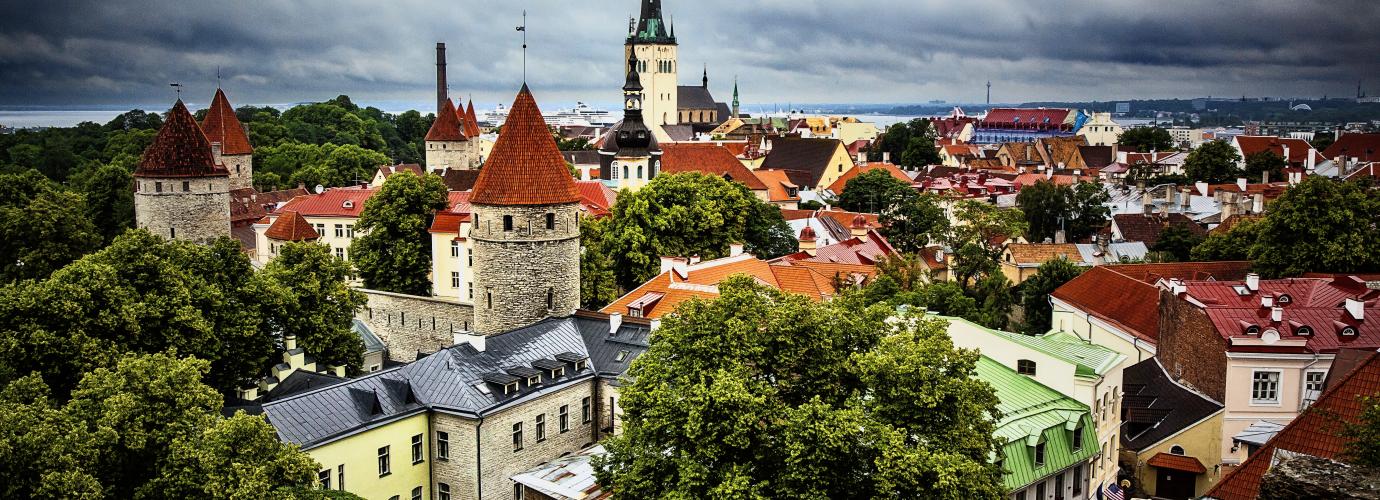Global and intercultural dimension in curriculum development
The opportunities of e-learning and virtual mobility are more actively used in creation of an international study space and this applies also to deepening of experience gained through actual mobility and to continuing studies that have been commenced. Mostly all students have a chance to study foreign languages as a part of the curriculum and to listen to some of the subject-specific courses in a foreign language.
One of the possibilities for a more efficient use of resources is creating joint curricula.
In order to encourage the participation of the institutions of higher education in international joint curricula, the Higher Education Programme 2019-2022 laid down that the currently valid regulations of joint curricula shall be reviewed and, if required, made more flexible, whereby best international practices, the developments in the quality assessment of the cross-border higher education and the practices for recognition of diplomas/qualifications are considered. For the development of joint curricula, support can be applied for from international cooperation programmes, e.g., Erasmus+.
Partnerships and networks
Under the Erasmus+ programme, higher education institutions and individuals can work with partner institutions outside the EU in the following areas: international mobility, joint curricula and international cooperation partnerships. The sectoral priorities include modernization of the learning process and learning content, development of STEM curricula, recognition of excellence, inclusive higher education, and digital capacity building.
In addition to mobilities, the Nordplus higher education programme enables the creation and development of cooperation networks of higher education institutions in the Nordic and Baltic countries as well as project-based activities.

